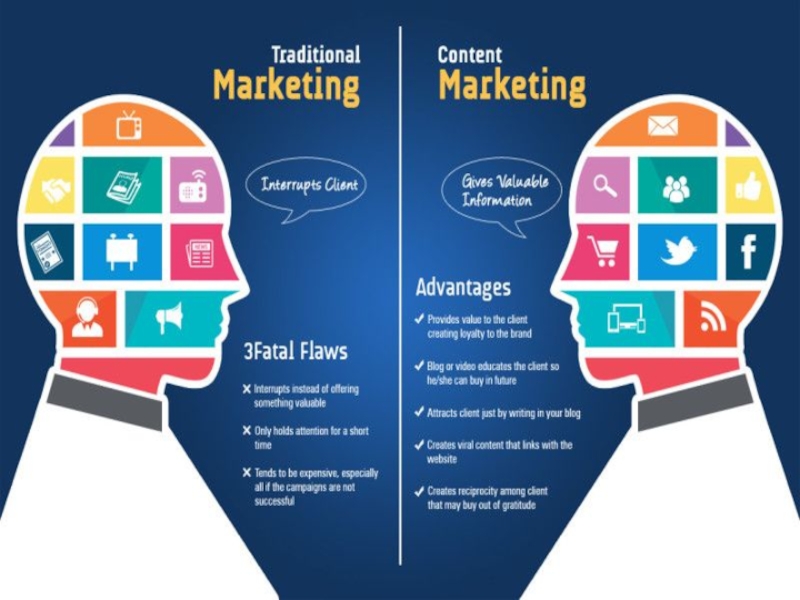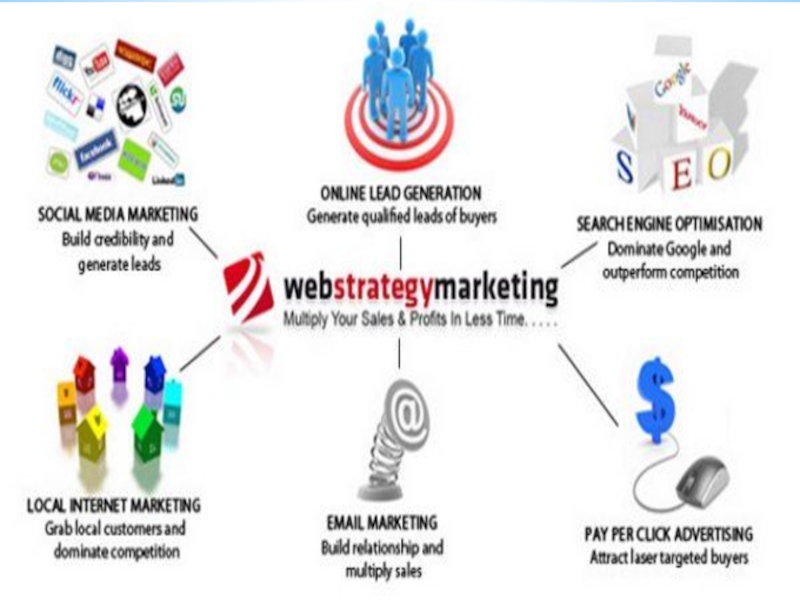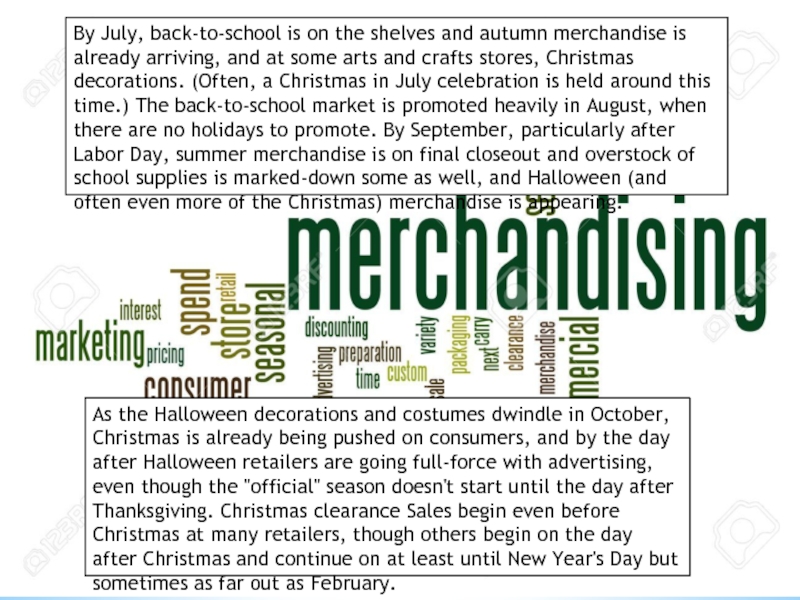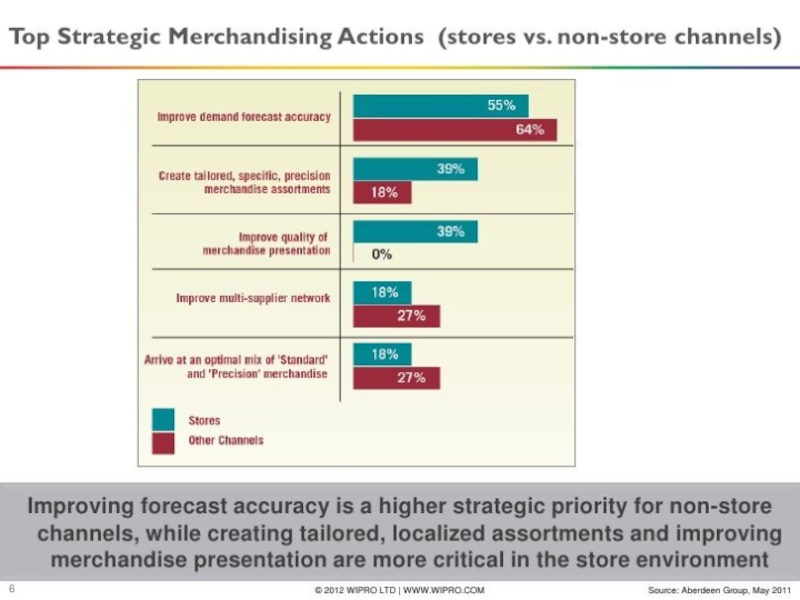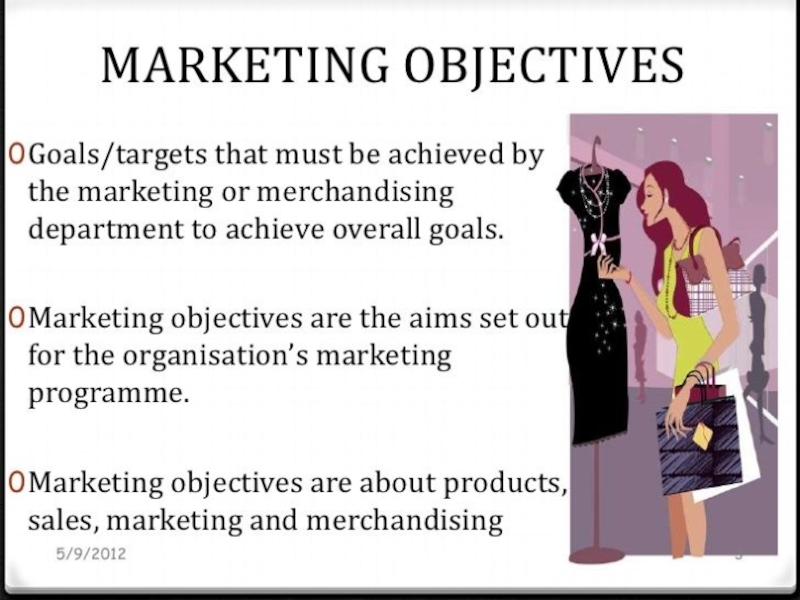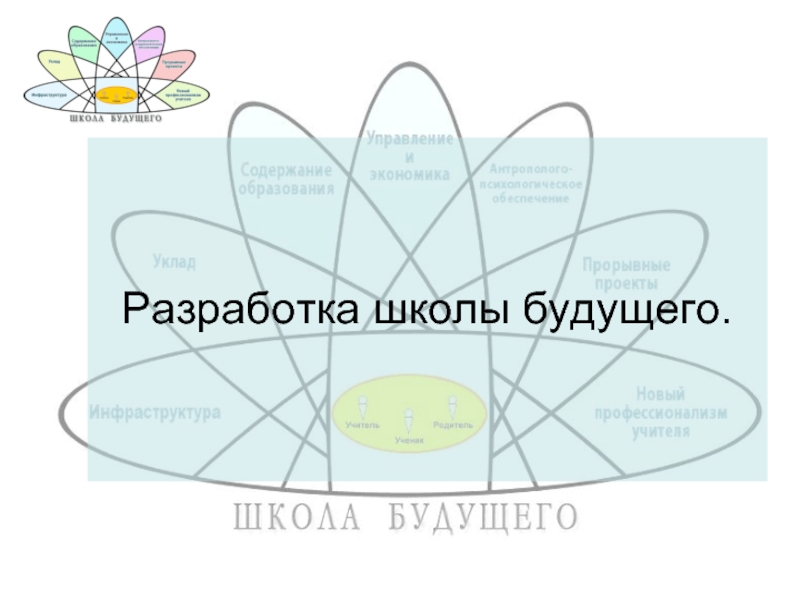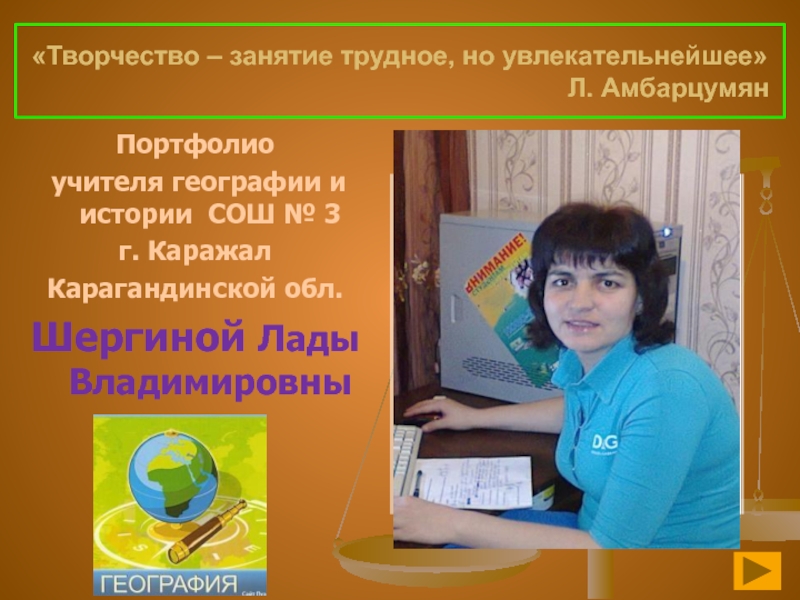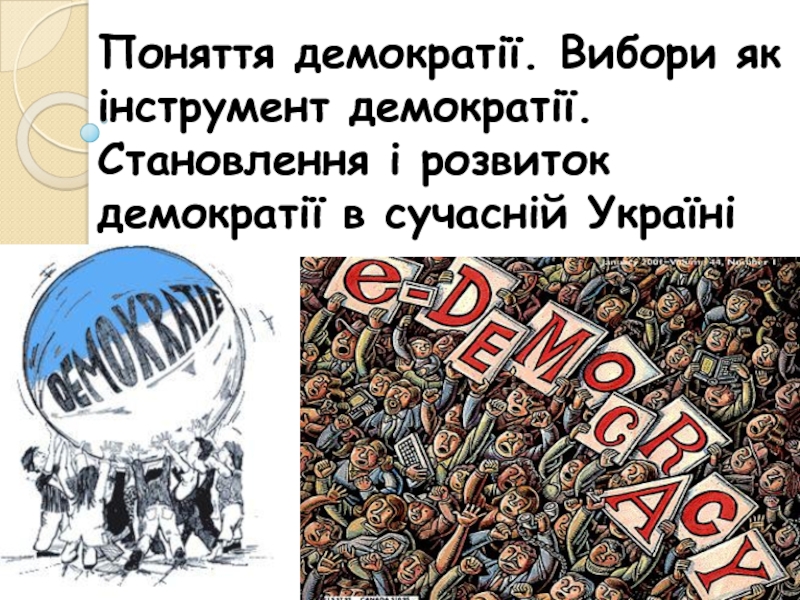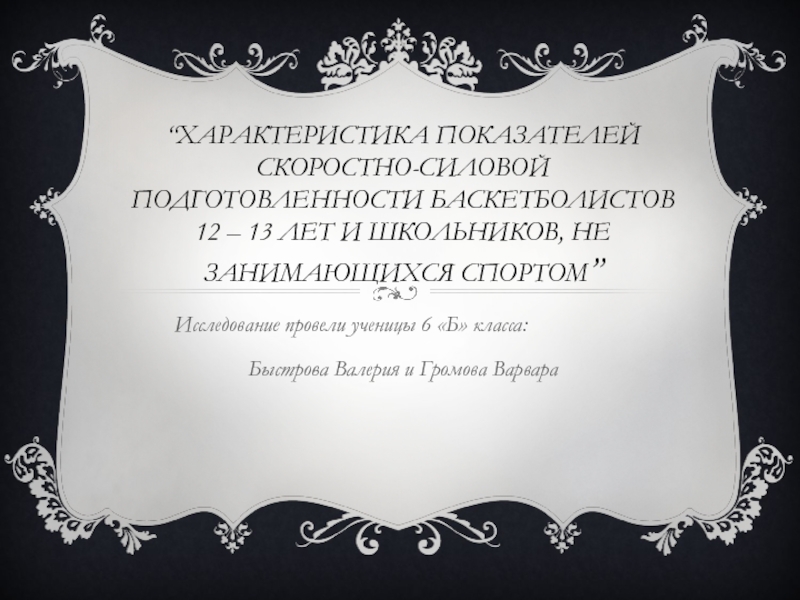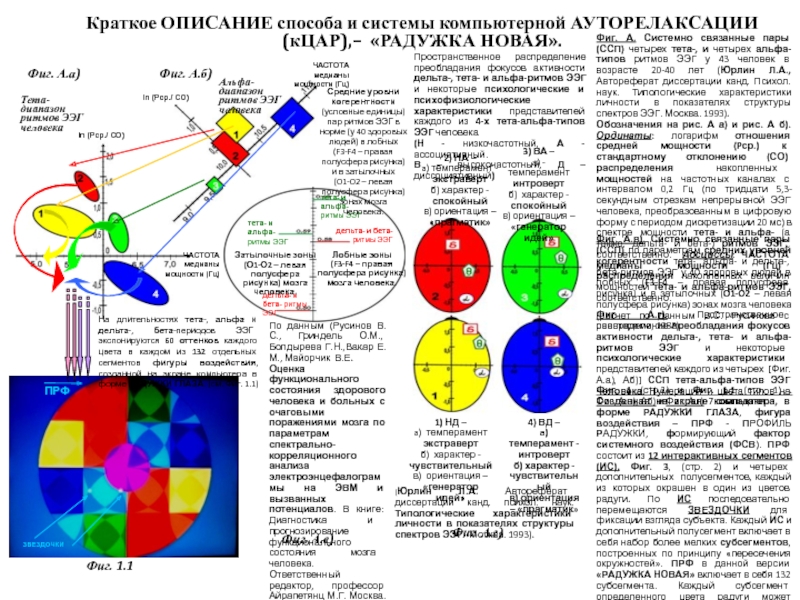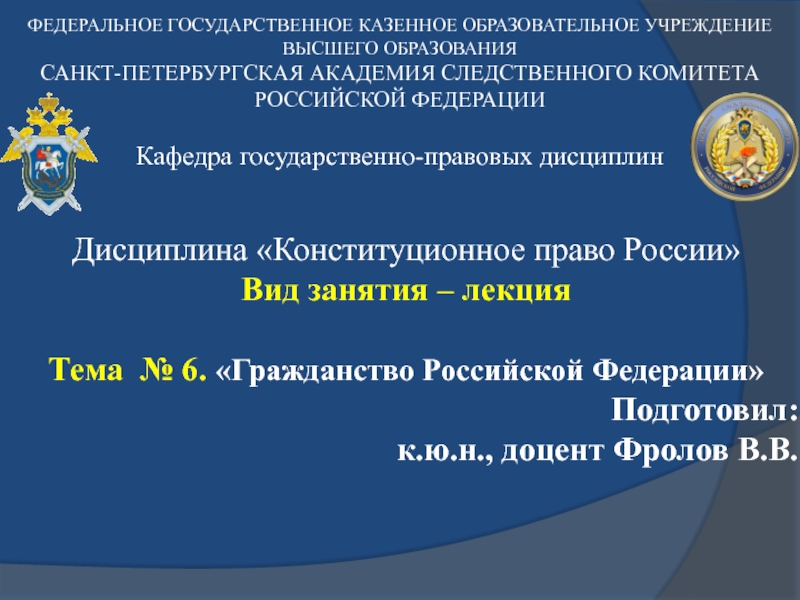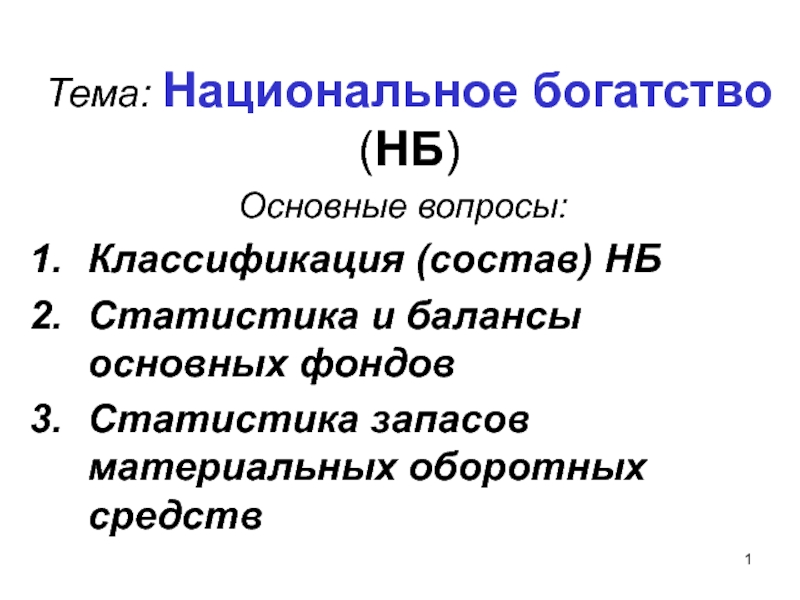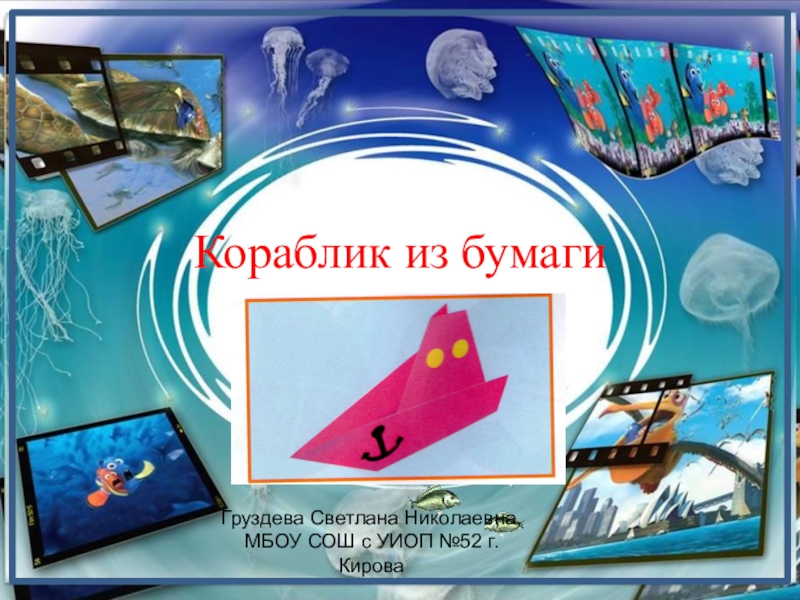Разделы презентаций
- Разное
- Английский язык
- Астрономия
- Алгебра
- Биология
- География
- Геометрия
- Детские презентации
- Информатика
- История
- Литература
- Математика
- Медицина
- Менеджмент
- Музыка
- МХК
- Немецкий язык
- ОБЖ
- Обществознание
- Окружающий мир
- Педагогика
- Русский язык
- Технология
- Физика
- Философия
- Химия
- Шаблоны, картинки для презентаций
- Экология
- Экономика
- Юриспруденция
Merchandise marketing
Содержание
- 1. Merchandise marketing
- 2. Plan:1. Marketing 2. Marketing mix 3. Merchandising4. Promotional merchandising5. Top Strategy
- 3. Marketing Marketing is a widely used term
- 4. Marketing mixThe marketing mix was proposed by
- 5. Слайд 5
- 6. MerchandisingIn the broadest sense, merchandising is any
- 7. MerchandisingMerchandising helps to understand the ordinary dating
- 8. Слайд 8
- 9. Promotional merchandisingThe annual cycle of merchandising differs
- 10. Слайд 10
- 11. By July, back-to-school is on the shelves
- 12. Слайд 12
- 13. Слайд 13
- 14. Скачать презентанцию
Слайды и текст этой презентации
Слайд 2Plan:
1. Marketing
2. Marketing mix
3. Merchandising
4. Promotional merchandising
5. Top
Strategy
Слайд 3Marketing
Marketing is a widely used term to describe the
means of communication between the company and the consumer audience.
Marketing is the adaptation of the commercial activities and use of institutions by the organizations with a purpose to induce behavioral change on a short-term or permanent basis.[1] The American Marketing Association most recently defined Marketing as "the activity, set of institutions, and processes for creating, communicating, delivering, and exchanging offerings that have value for customers, clients, partners, and society at large."The techniques used in marketing include choosing target markets through market analysis and market segmentation, as well as understanding methods of influence on the consumer behavior. The marketing planning creates strategies for the company to place advertising to the dedicated consumer.
Слайд 4Marketing mix
The marketing mix was proposed by professor E. Jerome
McCarthy in the 1960s. It consists of four basic elements
called the "four P's". Product is the first P representing the actual product. Price represents the process of determining the value of a product. Place represents the variables of getting the product to the consumer such as distribution channels, market coverage, and movement organization. The last P stands for Promotion which is the process of reaching the target market and convincing them to buy the product. The four Ps determine how marketing satisfies consumer needs. They are considered controllable marketing mix factors, meaning that they can change or be altered as needed. Habits, lifestyle, and diet are all considered to be controllable risk factors.In the 1990s, the concept of four C's was introduced as a more customer-driven replacement of four P's. There are two theories based on four Cs: Lauterborn's four Cs (consumer, cost, communication, convenience) and Shimizu's four Cs (commodity, cost, communication, channel) in the 7Cs Compass Model (Co-marketing
Слайд 6Merchandising
In the broadest sense, merchandising is any practice which contributes
to the sale of products to a retail consumer. At
a retail in-store level, merchandising refers to the variety of products available for sale and the display of those products in such a way that it stimulates interest and entices customers to make a purchase.In retail commerce, visual display merchandising means merchandise sales using product design, selection, packaging, pricing, and display that stimulates consumers to spend more. This includes disciplines and discounting, physical presentation of products and displays, and the decisions about which products should be presented to which customers at what time.
Слайд 7Merchandising
Merchandising helps to understand the ordinary dating notation for the
terms of payment of an invoice.[clarification needed] Codified discounting solves
pricing problems including markups and markdowns. It helps to find the net price of an item after single or multiple trade discounts and can calculate a single discount rate that is equivalent to a series of multiple discounts. Further it helps to calculate the amount of cash discount for which a payment qualifiesСлайд 9Promotional merchandising
The annual cycle of merchandising differs between countries and
even within them, particularly relating to cultural customs like holidays,
and seasonal issues like climate and local sporting and recreation. Events such as Chinese festivals and Japanese festivals are incorporated in an annual cycle of shop decorations and merchandise promotion.In the United States, the basic retail cycle begins in early January with merchandise for Valentine's Day, which is not until mid-February. Presidents' Day sales are held shortly thereafter. Following this, Easter is the major holiday, while springtime clothing and garden-related merchandise is already arriving at stores, often as early as mid-winter (toward the beginning of this section, St. Patrick's Day merchandise, including green items and products pertaining to Irish culture, is also promoted). Mothers Day and Fathers Day are next, with graduation gifts (typically small consumer electronics like digital cameras) often being marketed as "dads and grads" in June (though most college semesters end in May; the grads portion usually refers to high school graduation, which ends one to two weeks after Father's Day in many U.S. states). Summer merchandise is next, including patriotic-themed products with the American flag, out by Memorial Day in preparation for Independence Day (with Flag Day in between
Слайд 11By July, back-to-school is on the shelves and autumn merchandise
is already arriving, and at some arts and crafts stores,
Christmas decorations. (Often, a Christmas in July celebration is held around this time.) The back-to-school market is promoted heavily in August, when there are no holidays to promote. By September, particularly after Labor Day, summer merchandise is on final closeout and overstock of school supplies is marked-down some as well, and Halloween (and often even more of the Christmas) merchandise is appearing.As the Halloween decorations and costumes dwindle in October, Christmas is already being pushed on consumers, and by the day after Halloween retailers are going full-force with advertising, even though the "official" season doesn't start until the day after Thanksgiving. Christmas clearance Sales begin even before Christmas at many retailers, though others begin on the day after Christmas and continue on at least until New Year's Day but sometimes as far out as February.

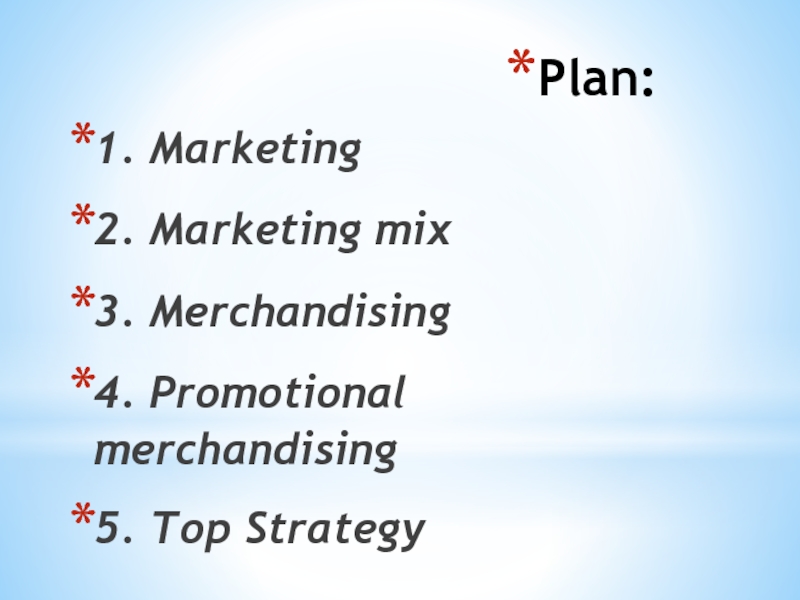
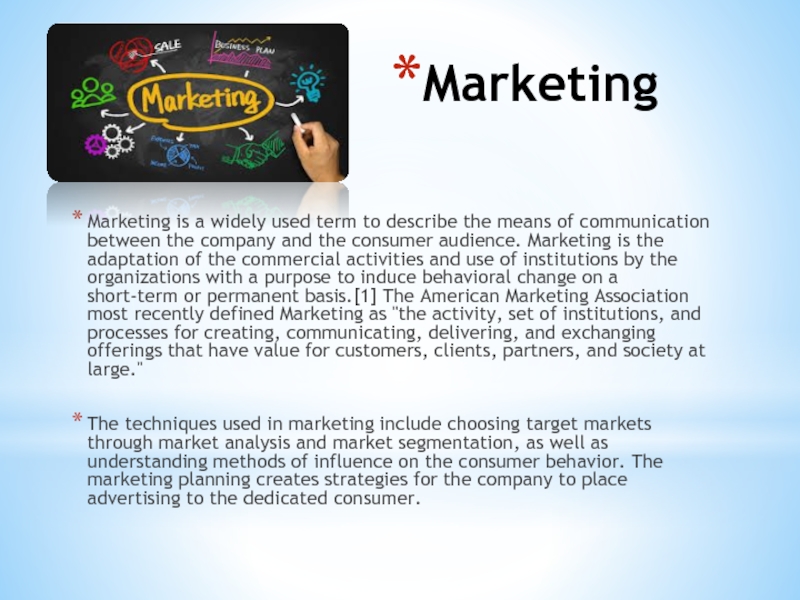
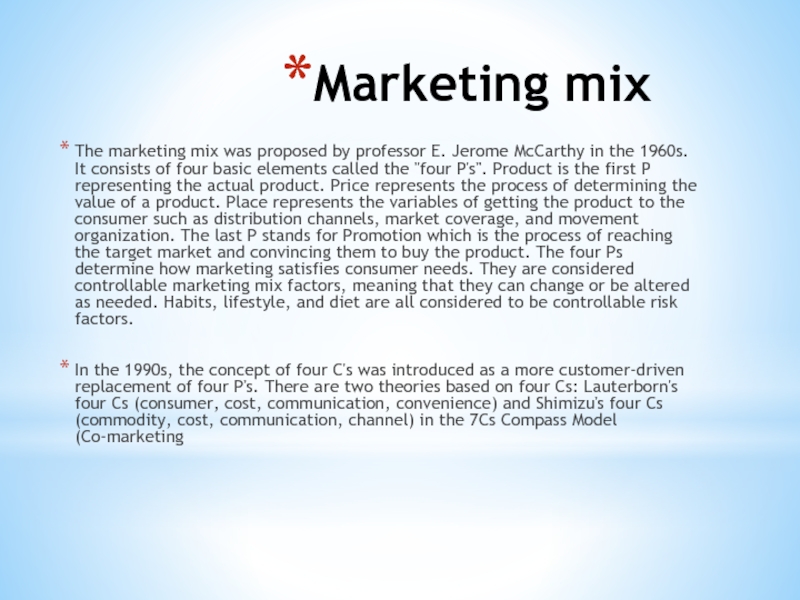
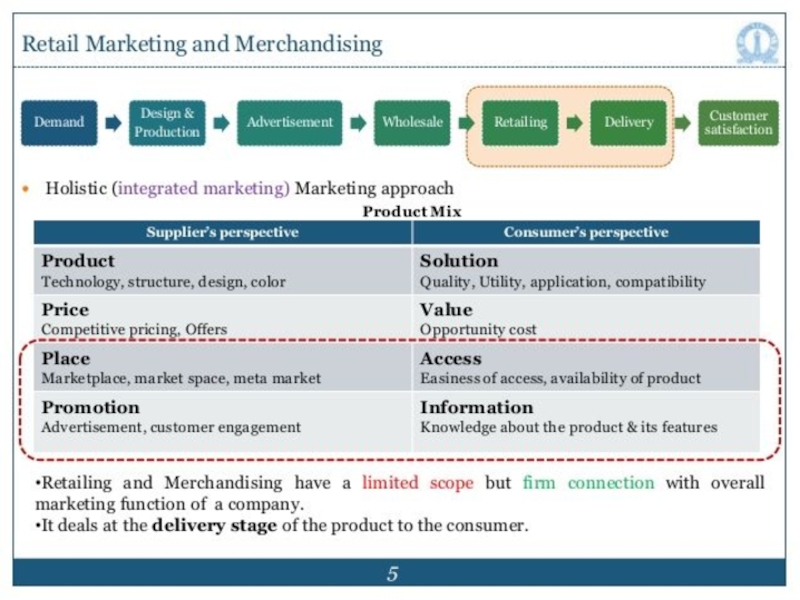
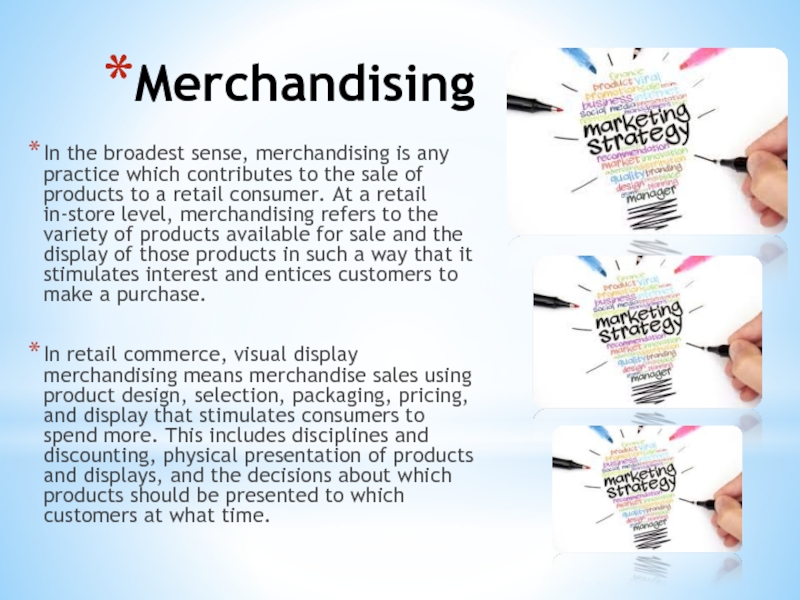
![Merchandise marketing MerchandisingMerchandising helps to understand the ordinary dating notation for the terms MerchandisingMerchandising helps to understand the ordinary dating notation for the terms of payment of an invoice.[clarification needed]](/img/thumbs/9589e90aa93b09402aa9394b36c0dad9-800x.jpg)
